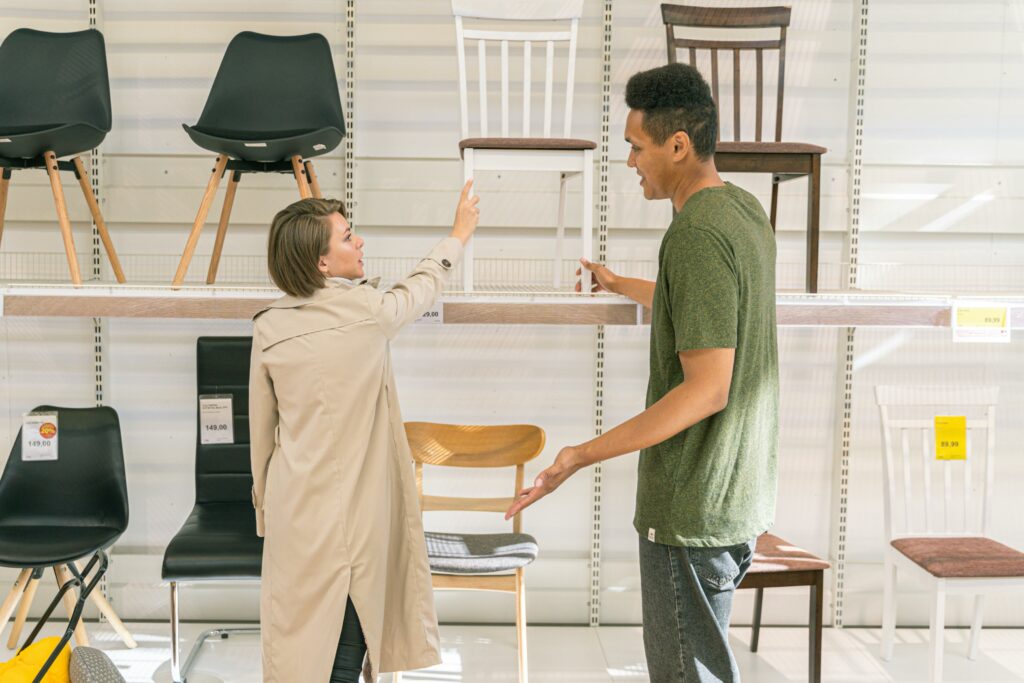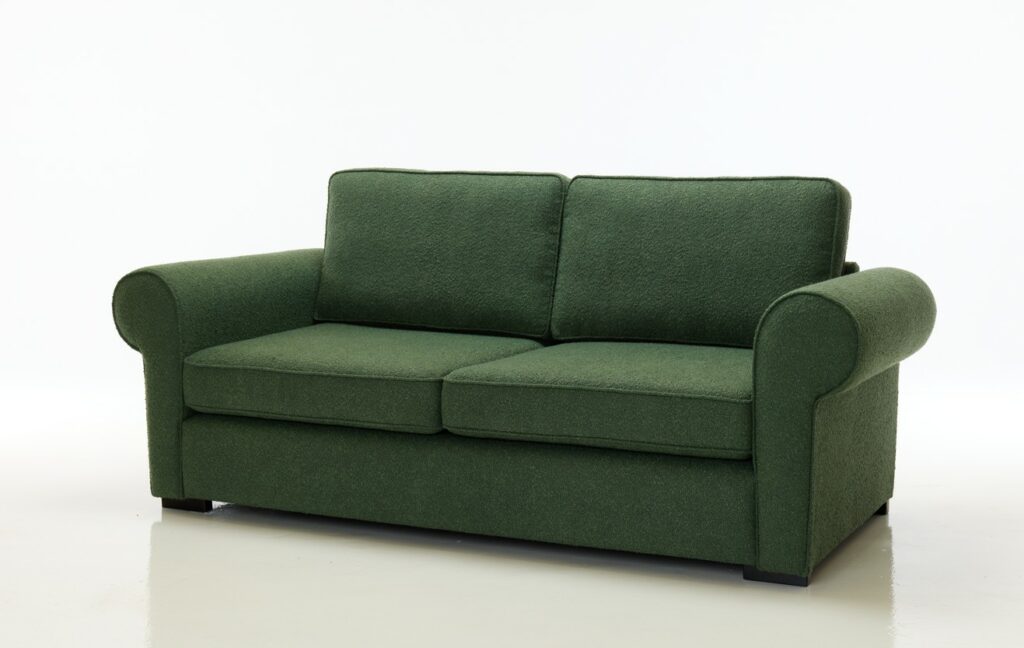Adam Hankinson, Managing Director at Furniture Sales Solutions, outlines that you don’t have a Sales Problem, you have a Sales Skills Problem…
Across the furniture industry, there’s a familiar pattern playing out. Stores look great. Product ranges are strong. Footfall, while not always booming, is steady enough to give sales teams a fighting chance. And yet, the numbers don’t always reflect the effort going in.
Conversion rates are flat. Some weeks are great, others completely unpredictable. Certain team members fly, while others never quite get into gear. And when sales dip, the usual questions surface. Is it the weather? The promotions? The market?
But more and more, it seems like the real issue isn’t outside the business. It’s happening on the shop floor.
When Busy Doesn’t Equal Productive
A common theme we hear from store owners and managers is, “We’re busy… but not converting.”
Staff are tied up in long conversations that don’t go anywhere. Customers leave with a brochure and a smile, but not a sale. Days go by without a clear understanding of why things aren’t landing.
And when you step back, what you often see is this: salespeople doing their best, but without a clear structure. There’s no shared approach. No consistent questioning techniques. No plan for how to turn interest into intent.
They’re not lazy. They’re just missing the tools.
The Hidden Gap
Many retailers we visit are running good businesses. They’ve put effort into creating an inviting showroom, invested in quality product, and built a brand people trust. But the one thing that’s often missing is something less obvious. The skill level on the sales floor.
We’re not talking about personality or motivation. Most teams have plenty of that. What’s often lacking is something more practical and repeatable.
• A way of opening conversations that builds trust quickly
• The ability to ask questions that uncover real needs
• Knowing how to present products as solutions, not just features
• Confidence in closing that feels natural and comfortable
Without these, even the best stores can find themselves underperforming.
The Difference Structure Makes
When stores introduce even a little more structure into their sales process, the impact can be striking. It doesn’t take an overhaul. Sometimes, small improvements in the way conversations are handled can create noticeable shifts in results.
We’ve seen this happen when:
• Team members start asking more purposeful questions and customers respond more openly
• A shared language helps new hires settle in faster and perform more consistently
• Managers begin coaching regularly rather than only after quarterly reviews
• These changes aren’t dramatic. They’re quiet, manageable improvements that build over time. But they shift the rhythm of the store and make performance more predictable.
A Familiar Story?
If any of this feels familiar – the strong footfall, the quality product, the frustrating inconsistency – you’re not alone. This is something many retailers are quietly navigating.
It’s not a failure of effort. It’s just a sign that sales, like any craft, needs maintenance. Left to chance, even the most talented teams drift.
Sometimes the answer isn’t new stock or fresh advertising. It’s simply making sure that every customer conversation is structured, purposeful, and supported by the right habits.
That’s where the difference lives. Not in luck, but in capability.















